East Maui is a region known for its lush landscapes, beautiful coastline, and vibrant flora. However, like many natural environments, it is not immune to the presence of invasive weeds. These non-native plants can disrupt the local ecosystem, outcompete native species, and pose challenges for conservation efforts. In this essay, we will explore the most prevalent weeds in East Maui, their impact on the environment, and the ongoing efforts to manage and control them.
1. Strawberry Guava (Psidium cattleianum): 
Strawberry guava is one of the most invasive species in East Maui. Originally from South America, it has rapidly spread across the Hawaiian Islands. This invasive tree bears delicious but highly invasive fruit that threatens the native flora. Strawberry guava outcompetes native plants, alters soil chemistry, and disrupts the balance of the ecosystem.
2. Miconia (Miconia calvescens): ![]()
Miconia, commonly referred to as the “purple plague,” is a major concern in East Maui. It is known for its striking purple leaves and rapid growth, forming dense thickets that outcompete native vegetation. Miconia can alter soil chemistry, making it less suitable for native plants and disrupting the ecological balance.
3. Koster’s Curse (Clidemia hirta): 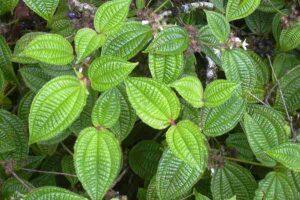
Koster’s curse is an invasive shrub native to South America that has become prevalent in East Maui. It forms dense thickets, outcompeting native vegetation and threatening the local ecosystem. Its growth patterns and rapid spread make it challenging to control.
4. Banana Poke (Passiflora tarminiana): 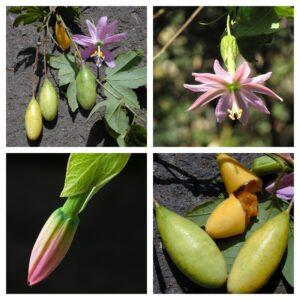
Banana poke is a vine native to South America that has invaded Maui. Its rapid growth and smothering tendencies disrupt the native vegetation and ecological relationships in East Maui.
5. Kahili Ginger (Hedychium gardnerianum): 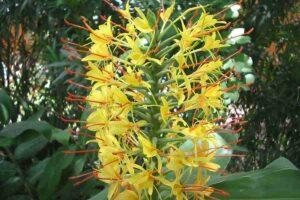
Kahili ginger, originally from the Himalayas, is a highly invasive species in East Maui. It is characterized by its fragrant flowers and thick stands. This plant displaces native vegetation and reduces biodiversity while also altering the soil.
6. Australian Tea Tree (Melaleuca quinquenervia): 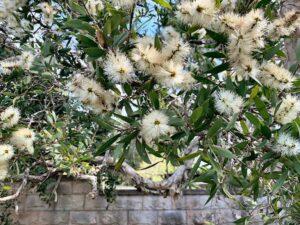
Australian tea tree, or paperbark tree, is an invasive species found in East Maui. It can displace native trees and alter the local ecosystem. The dense growth of this tree can also impact the hydrology of the area.
7. Lantana (Lantana camara): 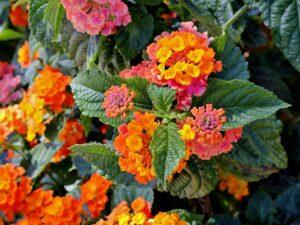
Lantana is a colorful but invasive shrub that has spread across East Maui. It outcompetes native plants and reduces biodiversity. It is also toxic to livestock, posing a threat to agriculture.
8. Christmas Berry (Schinus terebinthifolius): 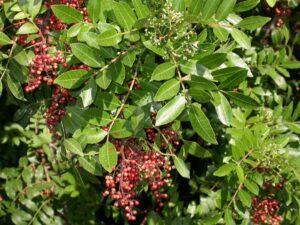
Christmas berry has invaded East Maui as well. This invasive tree competes with native flora and disrupts the natural balance of the ecosystem. Its red berries attract birds that disperse its seeds, leading to further spread.
9. Bidens (Bidens spp.): 
Bidens is a group of weedy plants that are prevalent in East Maui. These species can disrupt native vegetation and impact the local ecosystem. They are often characterized by their spiky seeds that can easily attach to animals or clothing and be dispersed to new areas.
Efforts to control these invasive species in East Maui are ongoing, and various strategies are employed to mitigate their impact. These strategies include manual removal, herbicide treatments, biological control methods using introduced insects or pathogens, and public education programs to prevent further spread. Collaboration among local conservation organizations, community groups, and government agencies is essential to combat the challenges posed by these invasive weeds.
In conclusion, the prevalence of these invasive weed species in East Maui poses a significant threat to the natural beauty and ecological integrity of the region. The continued efforts to manage and control these invaders reflect the commitment of the community to protect their environment and preserve the unique flora and fauna of East Maui. As we strive to maintain the delicate balance between conservation and the vibrant landscapes of the region, it is crucial to work together to combat these invasive species and safeguard the local ecosystem.
12.04.2023-TF-SB



